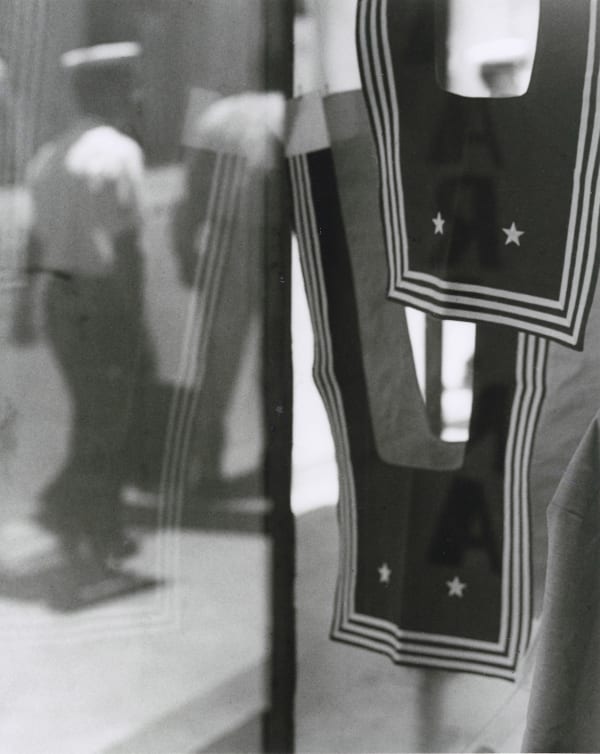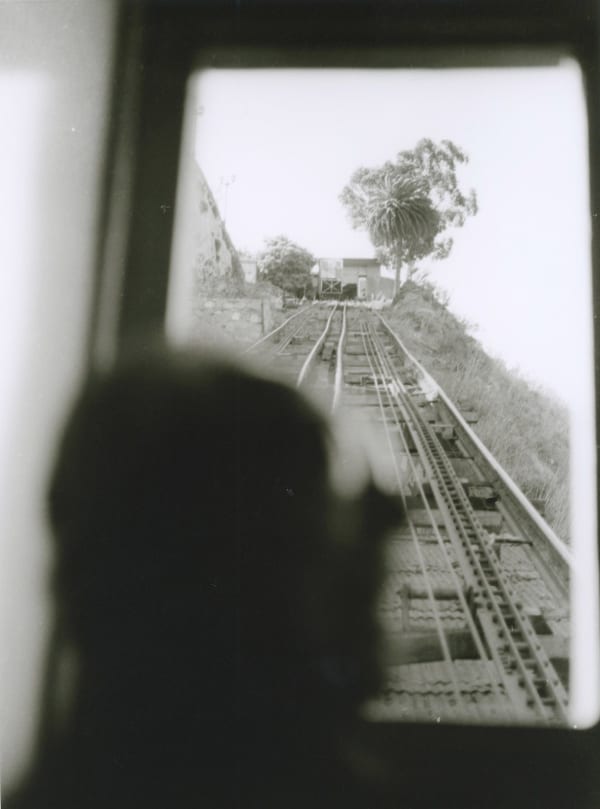Philippe Séclier: Valpo
CABINET OF CURIOSITIES
_
Between 1995 and 2000, Philippe Séclier photographed a hundred and so ports around the
world. The magic of those mythical ports, captured in an expressionistic style, soon
appeared in Séclier’s first work, Hotel Puerto, whose publication is partially indebted to the
good word of the travel writers Jean Rolin, Alvaro Mutis, José Manuel Fajardo and Michel Le
Bris, who supplied him with texts that veritably urged him, in their guise of poems, to weigh
anchor.
A sense of departure, of letting go, of deep water and filtered light could already be felt, as if
blurring the line between reality and fiction. Literature and photography became his passion,
like an obsessive curiosity to go see what was happening elsewhere. But not only elsewhere,
which voluntarily placed him in the well-traced lineage of artists he admires.
Immediately upon returning from Valparaiso, in an exhibition in Paris, Séclier found images
of people that Sergio Larrain, a big shot at the Magnum agency, had taken in London and in
Chile’s famous ports. Séclier’s sole desire was to go back there, to follow in Larrain’s
footsteps, to track him down, to enter into his desire for the city of a thousand staircases,
two hundred brothels, to experience his emotions, lose himself in them and learn the other’s
ways of using his lens to frame it, and to build his compositions there.
Séclier would return four more times to Valparaiso, a stronghold of South American
photography that enchanted him, enthralling him, ensnaring him in its nets. Impressed,
Séclier did not attempt to copy Larrain, but knew he was obviously influenced by him. The
other man’s ‘Valparaiso’ -- a sort of artist’s book and diary -- kept him company. He allowed
himself to be carried into that city of passage, of emigration, of sharing, of movement,
where the little people, the cable cars in dangerous areas, live outside.And he was unaware
that in doing so, he was beginning is own way of learning about the world; he lay the
foundations for a personal artistic method based on confronting himself as an artist with a
country he has traversed, sounded, explored, watched and examined without a trace of
exoticism, no matter the context, the culture or the codes. He enjoys doing what he knows
how to do as a journalist: investigate, deepen, contextualise. And photograph as well,
gathering evidence of the stages of his infiltration into those contexts.




